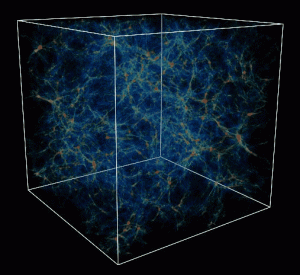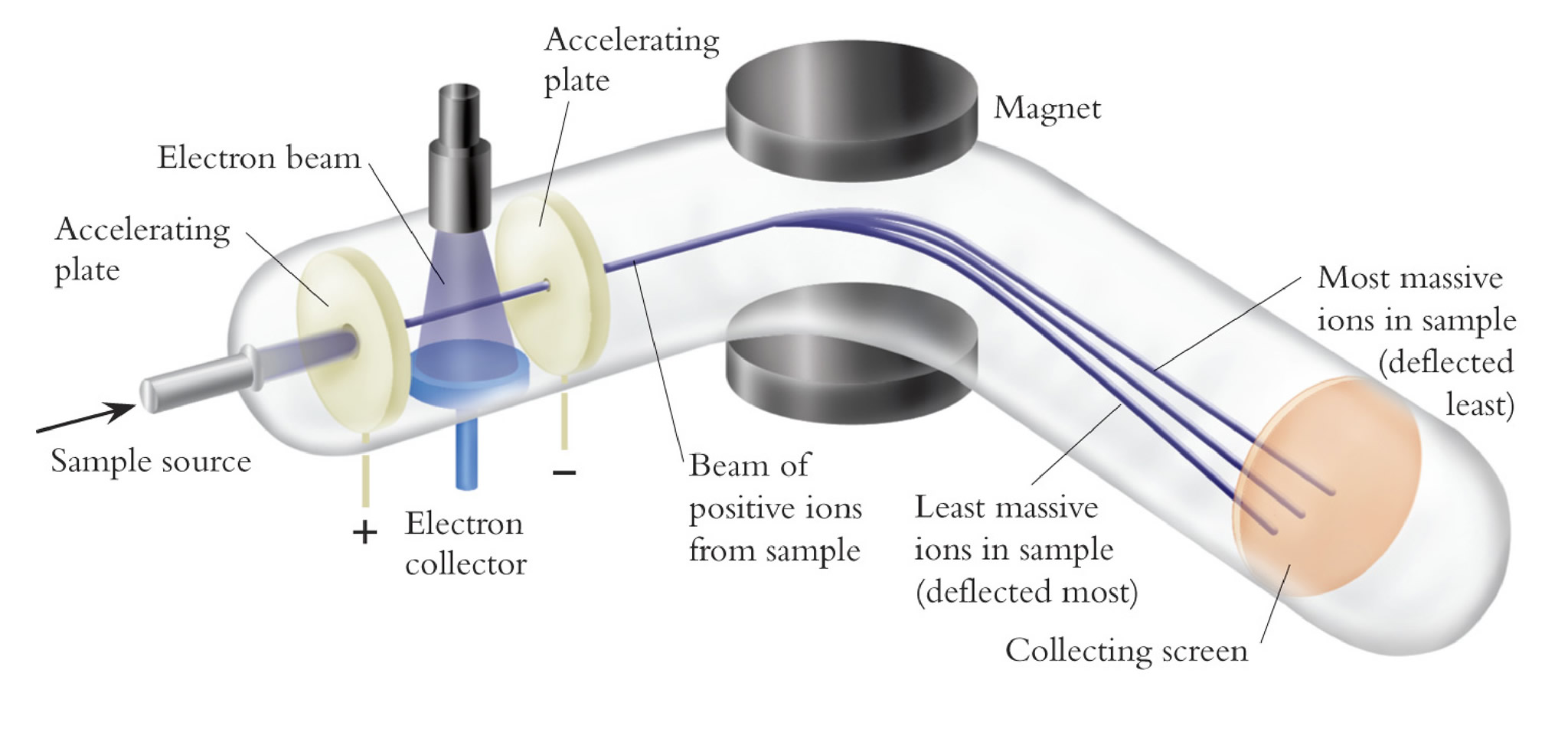
We consider some BIG questions in this article, however beware, not all the questions have what you might consider satisfactory answers.
Sorry – but it just proves that humanity can’t (and may never) know ths answer to every question we might like to ask.
How big is the universe, and how fast is it expanding?
 This question begs a whole lot of others, not least because the universe is supposed to be all there is, so surely its size is infinite. None the less, it does make sense to talk about the “size’ of the universe, because of the very specific way in which it expands. The universe, on its very grandest scale, appears to be pretty uniform, even titanic clusters of galaxies seeming like tiny dots lost in the abyss of space. This being so, one can show that the further one looks into space, the faster distant galaxies in the universe will appear to recede from us. This is summed up in Bubble’s Law (named after the astronomer who discovered it observationally in the 1920s), which states that on truly cosmic scales
This question begs a whole lot of others, not least because the universe is supposed to be all there is, so surely its size is infinite. None the less, it does make sense to talk about the “size’ of the universe, because of the very specific way in which it expands. The universe, on its very grandest scale, appears to be pretty uniform, even titanic clusters of galaxies seeming like tiny dots lost in the abyss of space. This being so, one can show that the further one looks into space, the faster distant galaxies in the universe will appear to recede from us. This is summed up in Bubble’s Law (named after the astronomer who discovered it observationally in the 1920s), which states that on truly cosmic scales
galaxies R light-years away from us will appear to be racing away from us with velocity v given by the formula v = HR, where H is “Hubble’s Constant”
From this one might think the radius of the universe is the distance where objects appear to recede from us at the speed of light, in which case we will never be able to see them, as their rays can never reach us. In reality, things are more subtle. For a start, Hubble’s Constant isn’t a time constant. Even so, we can get a rough order-of-magnitude estimate of the “radius”. First we need a value for the Hubble Constant: the current best estimate of this is around 50,000 mph per million light-years; that is, for every million light-years further into space we look, galaxies will appear to race away from us at an additional 50,000 mph. Plugging this into Hubble’s Law with v equal to the speed of light, the radius of the universe turns out to be around 13,600 million Light-years; the true figure is about three times bigger.
⇒ So …
If the universe is expanding, where is the force coming from?
In January 1998, astronomers unveiled evidence that the universe is not merely expanding but expanding at an everincreasing rate. The claim, based on studies of the light from distant exploding stars, has since been backed by data from other sources, convincing most astronomers that it’s genuine. This implies there is “anti-gravitational” force at work in the universe, propelling the cosmic expansion against gravity. Most theorists think it’s due to sub-atomic effects that take place even in the vacuum of space. The big problem is that, so far, all attempts to calculate the strength of this cosmic force have proved laughably wrong: around a factor of 10110 higher than it can possibly be. Nobel Prizes are on offer to those who can do better.
⇒ So …
Where is the centre of the universe?
 Like most questions about cosmology, it’s hard to imagine how the universe can be expanding in all directions but not have a centre. One way to picture what’s happening is to imagine the three dimensions of space being squashed on to the two dimensional surface of an uninflated balloon, with galaxies represented by coins stuck to the surface. Picture yourself sitting on one of these coins as the balloon is blown up. Looking around, every other coin appears to be moving away from you; it seems like you are at the centre of the expansion but clearly this is not so – whatever coin you sit on, you will see all the other coins racing away from you. No matter where you move to on the balloan’s surface, you’ll never find the “centre” of the expansion, because there isn’t one: everywhere is moving away from ever where else. It is just the same with the real universe except that everything takes place in extra dimensions, so it’s well-nigh impossible to visualize.
Like most questions about cosmology, it’s hard to imagine how the universe can be expanding in all directions but not have a centre. One way to picture what’s happening is to imagine the three dimensions of space being squashed on to the two dimensional surface of an uninflated balloon, with galaxies represented by coins stuck to the surface. Picture yourself sitting on one of these coins as the balloon is blown up. Looking around, every other coin appears to be moving away from you; it seems like you are at the centre of the expansion but clearly this is not so – whatever coin you sit on, you will see all the other coins racing away from you. No matter where you move to on the balloan’s surface, you’ll never find the “centre” of the expansion, because there isn’t one: everywhere is moving away from ever where else. It is just the same with the real universe except that everything takes place in extra dimensions, so it’s well-nigh impossible to visualize.




